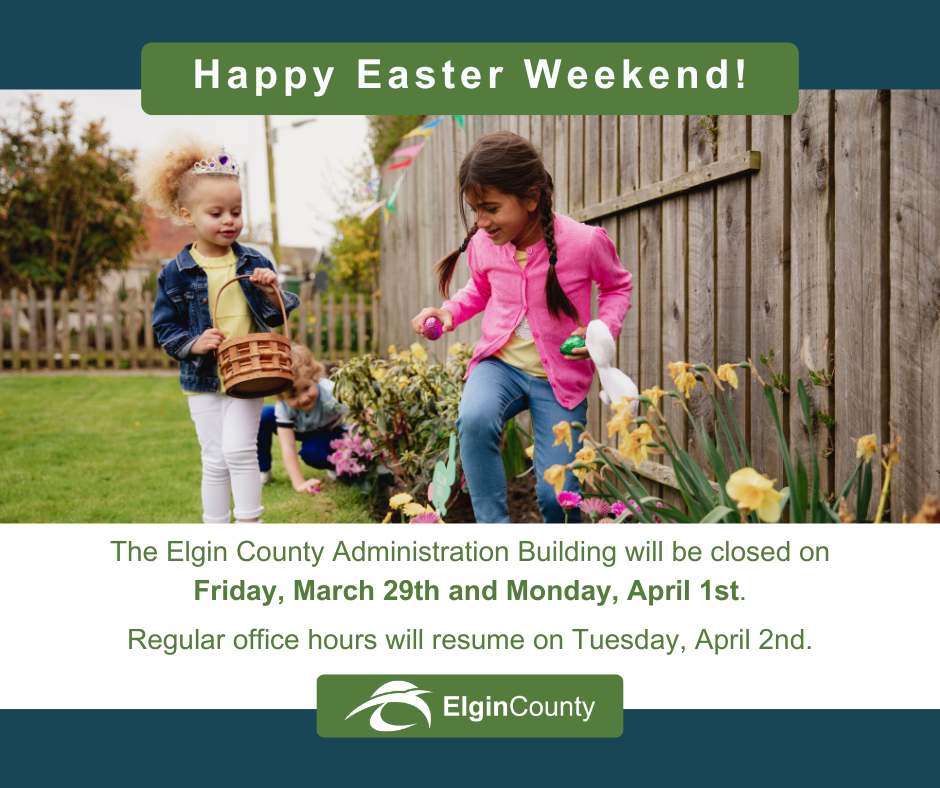Education
Teachers Resource Guide:
Field Trips to the Elgin County Museum
Promote arts and culture, Deepen social and historical knowledge, Develop critical thinking
Through community partnerships the Elgin County Museum would like to help teachers encourage students to be active citizens within the communities to which they belong, as well as become thoughtful and informed citizens who value a comprehensive society. The Elgin County Museum, through exhibits and cross-curricular educational programming aims to give students the skills needed to ask questions, solve problems and communicate ideas about important developments, events, and issues within their community. Through a visit to the Elgin County Museum, students will learn about the museum’s purpose and explore how artifacts reveal valuable clues about the people that used them.
Once Upon A Time: A Medieval Program
With the help of AC Creative Workshops from Oshawa, Ontario, students visiting the Elgin County Museum will explore life in medieval times through exciting hands-on educational programming. Classes will explore what it was like to live in a feudal society and discuss the influence of the church, knights and the military, housing, the arts as well as study items used in the daily lives of people in the Middle Ages. Students will enjoy activities highlighting the skills needed in many early civilizations. By participating in hands-on programming students will begin to develop an understanding of these Medieval art forms while learning about the life and struggles in a medieval society.
The following excerpt explains the activities available at the Museum and provides suggestions for pre-visit and post-visit activities. Engaging in activities before and after your visit links classroom learning to the museum experience!
Overview:
Throughout their visit to the museum, students will be able to participate in an interactive and hands-on program highlighting skills of Medieval life. The exhibit and programming will allow students to explore the medieval period, and compare differences in its social structure to those of other periods. How does a culture develop and continue? Students will study human interactions and tools used in the medieval period to explore and understand the challenges of medieval living.
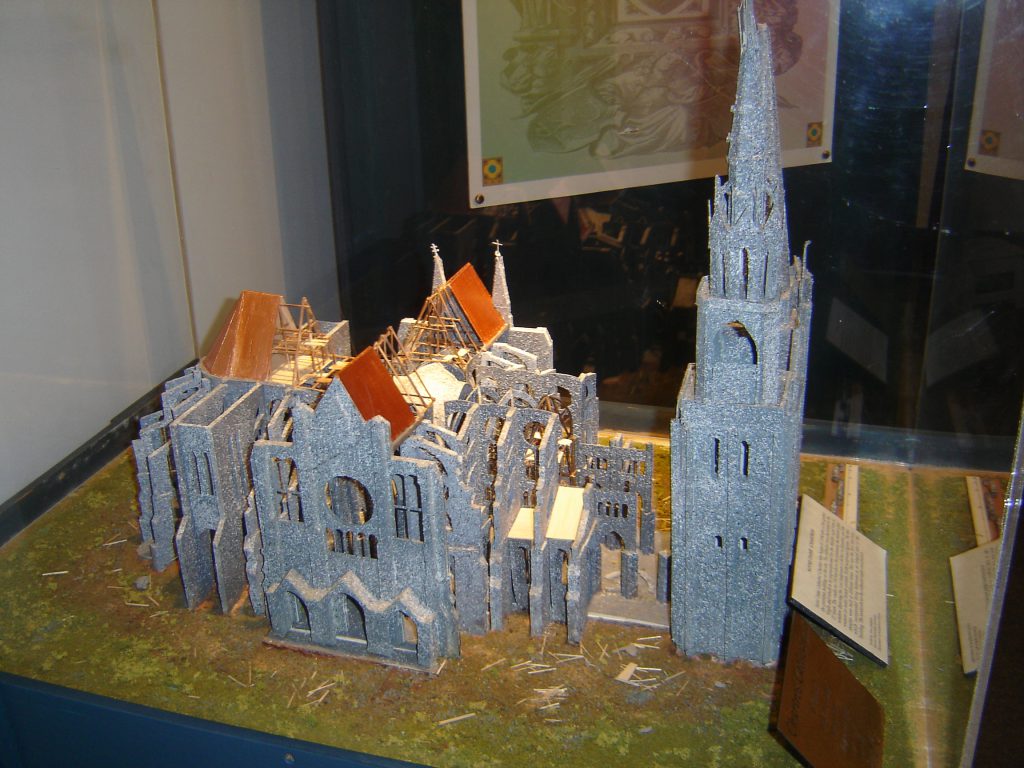
Activities:
Brass Rubbings
Dating from the 13th Century, memorial brasses commemorate the lives of many nobles in medieval society. Funerary tombs were adorned with images, cast in brass of the occupants. The brasses accurately depict how people lived, dressed and fought in the Middle Ages. This activity begins with a lesson on the customs and traditions of the Medieval population, comparing them with today’s customs. With the materials provided, students will create a brass rubbing they can take home. Using authentic monumental replica brasses, students will rub wax over paper laid on an engraved brass to reproduce its design, while learning about the symbolism in each piece and what it tells us about the person represented.

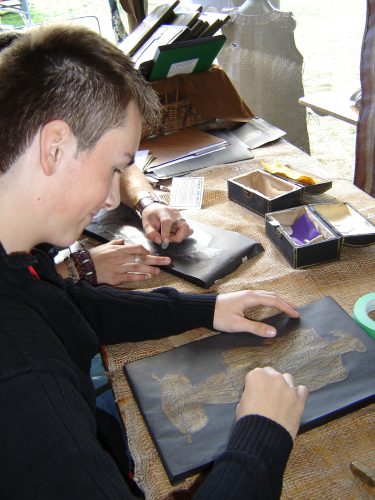
Catapults
After students have discussed the tools of everyday people; they will discuss war tools and their role in medieval society. Students will be given a design challenge to use their own knowledge to create a working catapult, in groups, out of everyday objects. Projectiles will be launched to see whose can shoot the farthest. Students will then work individually, to create a small working catapult they can take home with them.

Illuminations
Before the printing press all texts were hand copied, including the first page and any illustrations or decorations throughout the book. Students will learn about the process called “Illumination” used by monks to create beautifully decorated books. Students will create their own Illuminations by decorating a letter that could be used at the beginning of a page.
Mystery Box
Tools are an important part of any society and a key that historians use to determine a great deal about a civilization. During this activity students will handle artifacts and attempt to determine what they are. Using their problem solving skills, students will investigate artifacts and hypothesize about who used them, and how they were made. Through guided discussion, students will try to build on a connection between their theory and the actual name, material and use.
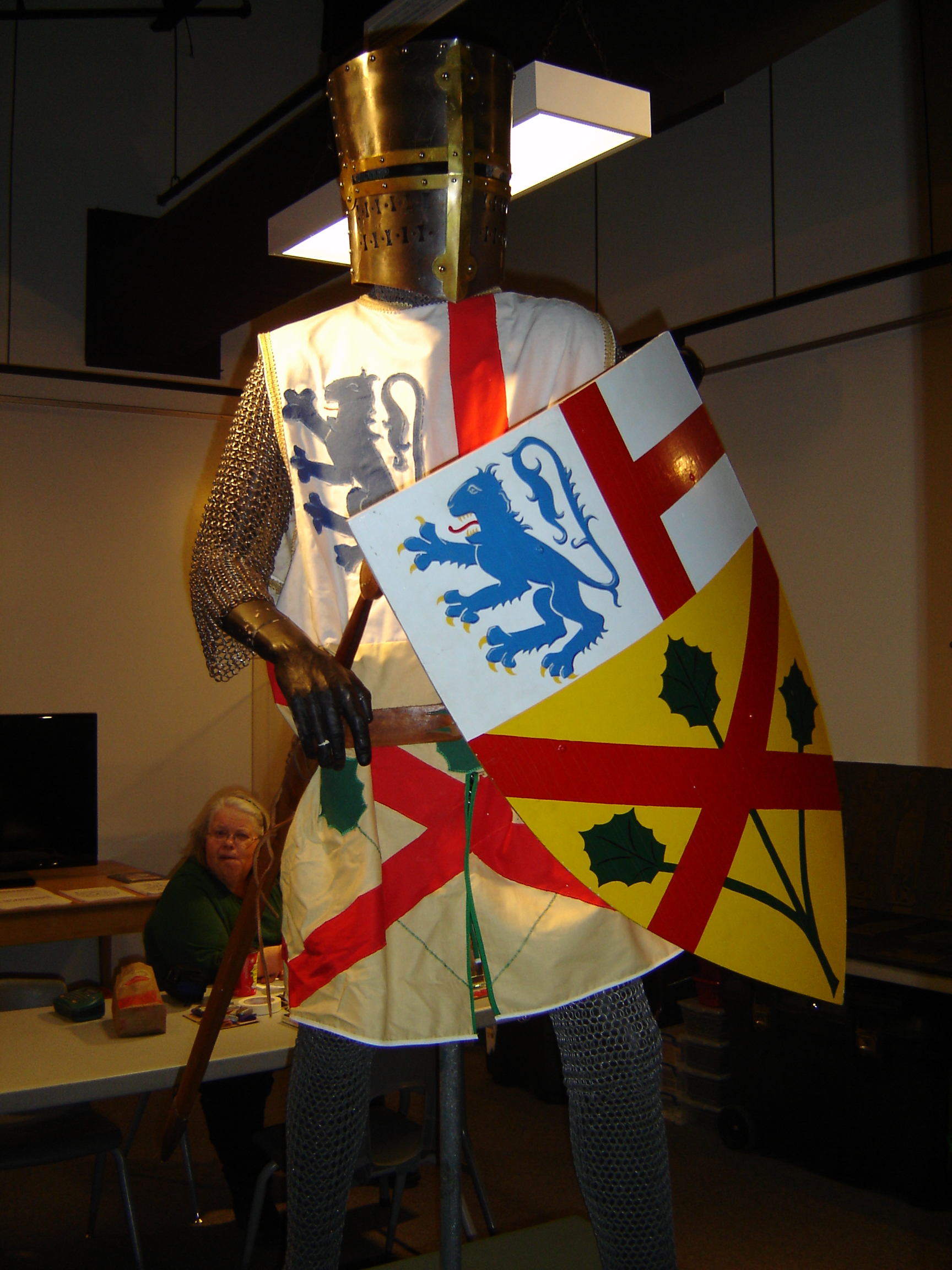
Chainmail
Students will learn about the hierarchical system of the Middle Ages, learning specifically about the role of the blacksmith. Blacksmiths were called upon to design many things in the medieval world, which have evolved into items still recognizable today. By creating a small piece of chainmail, students will learn about the meticulous work involved in making a suit of chainmail. Students will be able to hold real chainmail armour to appreciate the work needed to achieve the final product.
Coins
Barter was a widespread way of doing business in medieval times, but coinage was also used. Students will discuss both systems and compare the process of payment for items in medieval times to what is used today. In the activity students will learn how coins were made prior to the invention of current technology by striking a coin using a hammer press; a method used in medieval times. Each student will take their coin home with them.
Pre-Visit Activities:
- Discuss life and the hierarchical society in medieval times.
- Compare aspects of a medieval community with their own community’s development.
- Explain to the class that they will be visiting the Elgin County Museum. Through sketching and reflecting have students examine the purpose, design, function and significance of an everyday object (e.g. pencil, stapler, coffee mug).
- Discuss observations with the class and explain that they will be looking closely at other artifacts to determine what they can tell us.
- Have Students research or review some of the artifacts they will see at the museum: Brass rubbings, medieval siege weapons, castles, coin making, and everyday tools.
- Discuss heraldic arms and have students design their own coat of arms.
Post-Visit Activities:
Brass Rubbings:
- Write a story behind the brass relief created at the museum and mount it on the back.
- Investigate local tombstones as part of the study of brasses.
- Use rubbing techniques to make images of everyday items (e.g. a comb) and put together to form an abstract collage work.
Chainmail and Coins:
- Research history of chainmail.
- Make chainmail pieces at school from start to finish (Wrapping wire and cutting into links).
- Begin a class project that results in a full piece of gear (head piece or breast panel).
- Have students design their own family/municipal coin and write a paragraph explaining the significance of their design.
Illuminations:
- Have students write a medieval story that starts with the letter they designed.
- Have students create a poster on their life, an event in their life, or one celebrating the life of a relative.
- Research monastery life.
Mystery Box and Catapults
- Write a poem or a story on the day in the life of an object.
- Have students find modern day objects that have replaced tools in the medieval period.
- Have students think of an object that is valuable to them: draw a picture, and write a paragraph.
- Research siege machines and have students create their own.
Additional Information:
- The Medieval program is $9.00 per student, with all supervising adults free of charge.
- We encourage you to bring parents; a 1:6 ration is requested.
- Please confirm numbers 2 weeks prior to your visit.
- Bring a packed lunch.
- The program can be tailored to run from 2 hours up to a full-day.
Curriculum Connections:
- “Describe the hierarchical structure of medieval society and the types of people in it, and explain how and why different groups cooperated or came into conflict at different times” – Social Studies: Heritage and Citizenship, p. 27
- “Describe aspects of daily life for men, women, and children in medieval societies” – Social Studies: Heritage and Citizenship, p.27
- “Describe some of the ways in which religions shaped medieval society” – Social Studies: Heritage and Citizenship, p. 27
- “Use primary and secondary sources to locate information about medieval civilizations” – Social Studies: Heritage and Citizenship, p. 28
- “Draw and label maps or create models to illustrate features of medieval landscapes” – Social Studies: Heritage and Citizenship, p. 28
- “Use appropriate vocabulary to describe their inquires and observations” – Social Studies: Heritage and Citizenship, p. 28
- “Compare aspects of life in a medieval community and their own community” – Social Studies: Heritage and Citizenship, p. 28
- “Use artistic expression to re-create or respond to imaginative works from medieval times” – Social Studies: Heritage and Citizenship, p. 28
- “Use a variety of materials, tools, and techniques to respond to design challenges” – Arts: Visual Arts, p. 107
- “Interpret a variety of art works, and identify the feelings, issues, themes, and social concerns that they convey” – Arts: Visual Arts, p. 107
- “Demonstrate awareness of the meaning of signs, symbols, and styles in works of art” – Arts: Visual Arts, p. 108



